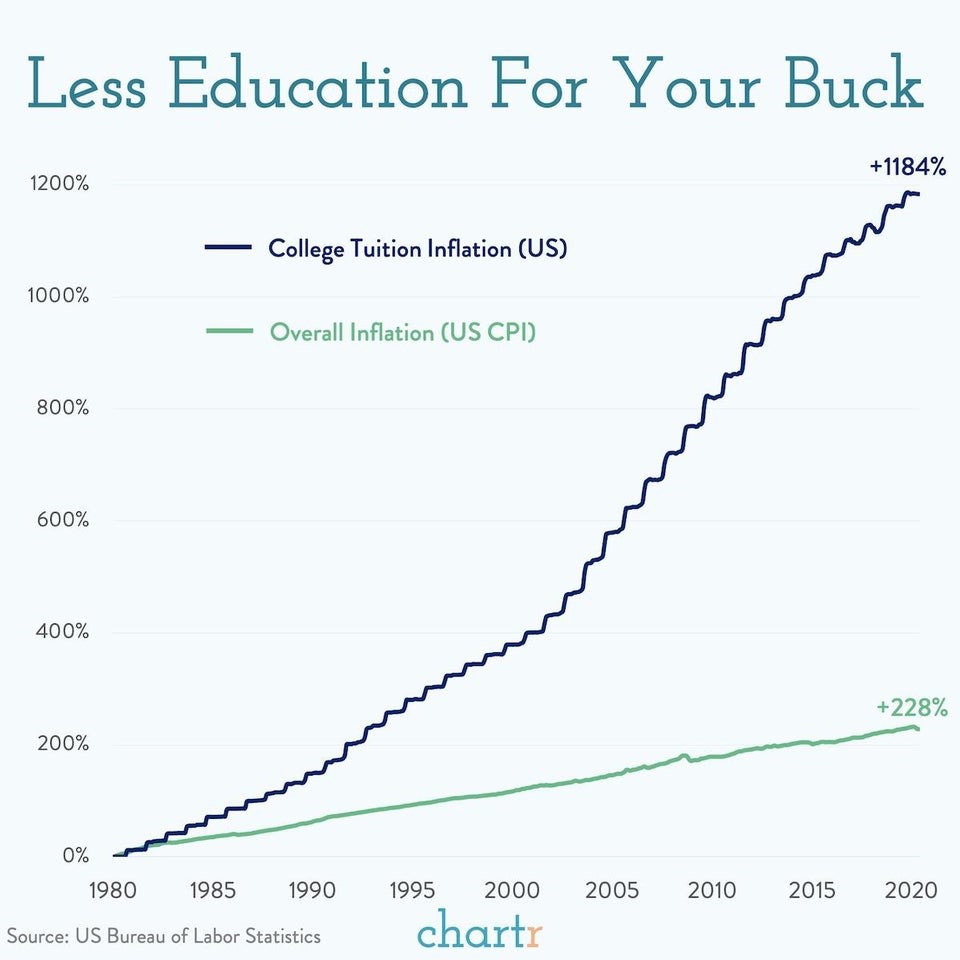A deeper understanding of the root causes of any problem can be achieved using the 5-Whys methodology. It embodies the natural curiosity of humans that is obvious in children but somehow lost as we become adults.
Blame it on the O-Rings
If you ask anyone familiar with the details of the 1986 Space Shuttle Challenger disaster, “What caused the shuttle to explode?” they will likely say, “the O-rings.”
While the “O-rings” is a necessary part of the explanation, it doesn't provide a complete picture of what led up to that fateful moment.
You may say, “that’s all I want to know,” and that’s fine; there’s nothing that says that all of the details must be understood by everyone. But for those who want to know the complete story, 5-Whys can help.
A 5-Whys analysis based on the Rogers Commission Report.
- Why did the space shuttle Challenger explode?
- Because the external hydrogen tank ignited due to hot gases leaking from one of the Solid Rocket Motors.
- Why did hot gases leak from one of the Solid Rocket Motors?
- Because the seal between the two lower segments of this motor failed to prevent a leak.
- Why did this seal fail?
- Because the O-Ring, designed to compensate for seal variations between the segments, failed due to the effects of extreme temperature.
- Why did the O-ring fail its intended purpose?
- Because there was a known design flaw with the seal.
- Why did the mission proceed with a known design flaw?
- Because there were flaws in the launch decision-making process, including failure to adequately address problems that require corrective action. Both NASA and Thiokol accepted escalating risk apparently because they “got away with it last time.”
A more comprehensive explanation
Note that while the “Why” question is used to traverse the tree in a downward direction to get to the ultimate root cause, we can use “Because” to help explain the conclusion from the bottom up.
For example: Because there were flaws in the launch decision-making process, the mission was allowed to proceed with a known design flaw, etc.
This more comprehensive picture of what happened may entice the person who only cared about the “O-Ring” to want to know more about what goes on at NASA. In other words, the issue becomes relevant to them.
Every tool has a purpose and limitations; both need to be understood
Some things to keep in mind while implementing a 5-Whys Root Cause Analysis:
- Avoid confusing symptoms with causes – This is a common mistake while analyzing the root cause. Symptoms tell you there is a problem but do not tell you the cause. The oil light on your dashboard tells you there is a problem, but until you investigate further, you won’t know the cause.
- Avoid focusing on a single root cause – Often, there is the temptation to ignore other potential root causes once a favorite emerges. This is dangerous because you go down a path that solves only a minor part of the root cause problem. Consider all possible root causes until fully exhausted.
- Avoid jumping to conclusions – The team may lose interest and declare premature success. This is where management support is critical. Once again, keep asking “Why” until the answer becomes irrelevant.
- Focus on systemic issues, not individuals – Blame should be placed on the system, not individuals. Even if the root cause is that a person made a mistake, we ask, “Why?” The fundamental root cause may be a lack of training, inappropriate hiring standards, etc.
Conclusion
5-Whys is a structured methodology for finding the root cause of a problem, whether in an automated system or a process. This approach’s power lies in the question, “Why”? “What” happened is usually a much easier question to answer than “Why” it happened.
Challenge
Try using “5-Whys” to answer this question. Why did college tuition rates begin to increase faster than the inflation rate in the 80s? Per the chart below.



